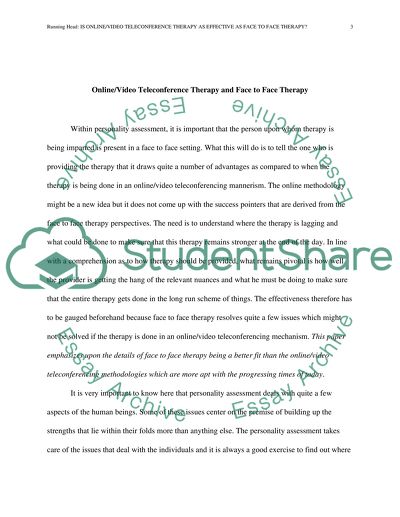Cite this document
(“Is online/video teleconference therapy as effective as face to face Term Paper”, n.d.)
Retrieved de https://studentshare.org/psychology/1391248-is-online-video-teleconference-therapy-as
Retrieved de https://studentshare.org/psychology/1391248-is-online-video-teleconference-therapy-as
(Is online/Video Teleconference Therapy As Effective As Face to Face Term Paper)
https://studentshare.org/psychology/1391248-is-online-video-teleconference-therapy-as.
https://studentshare.org/psychology/1391248-is-online-video-teleconference-therapy-as.
“Is online/Video Teleconference Therapy As Effective As Face to Face Term Paper”, n.d. https://studentshare.org/psychology/1391248-is-online-video-teleconference-therapy-as.


